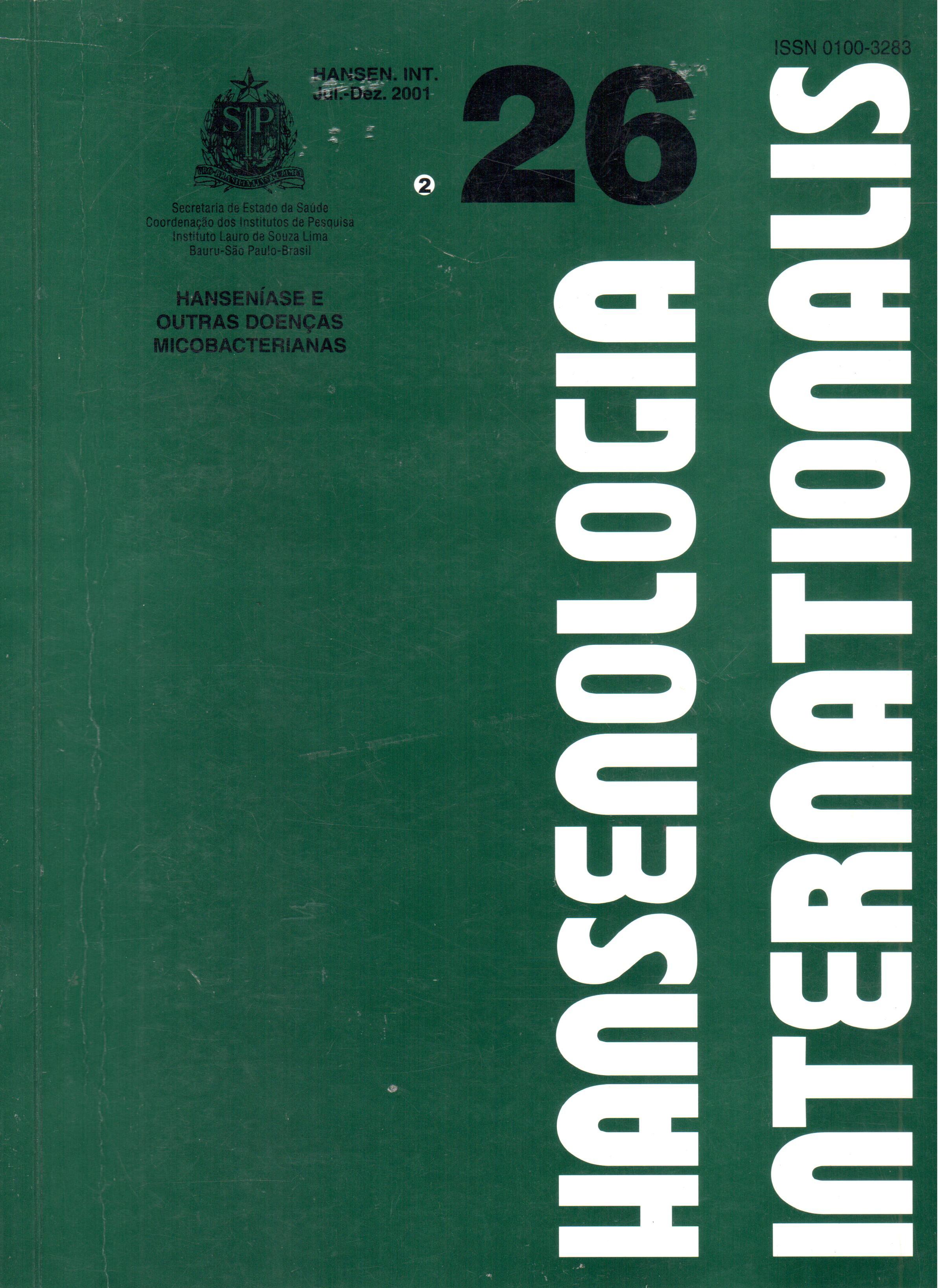Abstract
A case of lepromatous leprosy patient treated with rifampin and dapsone for six months, and then treated with dapsone only for 14 years, is presented. The patient remained without lesions and with negative bacilloscopy for 10 years, and after this period he started again to show lesions, now with borderline aspect and appearance of bacilli. The authors suggest that the patient has always been a borderline whose disease has become more severe to the point that he presented a lepromatous aspect. When bacilli started to show up again, the patient's cellular immunity destroyed them so that borderline lesions appeared, as it must have happened in the initial phase of the disease. They also discuss the possible causes that led bacilli, probably persistent, to multiply again.
References
2 MACKAY, I. R., M.D.; ROSEN, E S., M.D. Maternal antibodies, chilhood infections, and autoimmune diseases. New Engl. J. Med., v.345, n.18, p.1331-1335, 2001.
3 OPROMOLLA, D. V. A. et al. A controlled trial to compare the therapeutic effects of Dapsone in combination with daily or once- monthly rifampicin in patients with lepromatous leprosy. Int J. Leprosy, v.49, n.4, p.393-397, 1981.
4 WORLD HEALTH ORGANIZATION. Subcommittee on clinical trials of the chemotherapy of leprosy (THELEP) scientific working group of the UNDP/Word bank / WHO Special Programme for the research and training in tropical disemPq. Persisting Mycobacterium leprae among THELEP trials patients in Bamako and Chingleput. Leprosy Rev., v.58, p.325-337, 1987.
5 YAWALKAR, S. J. et al. Once-monthly rifampicin plus daily dapsone in initial treatment Iepromatous leprosy Lancet, n.8283, p.1199- 1202, May, 1982.

This work is licensed under a Creative Commons Attribution 4.0 International License.
